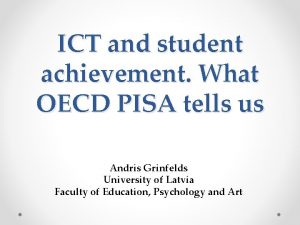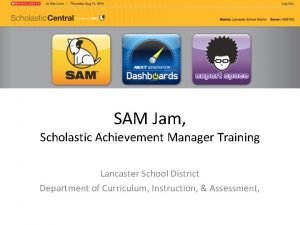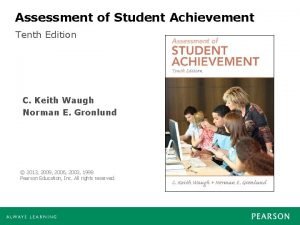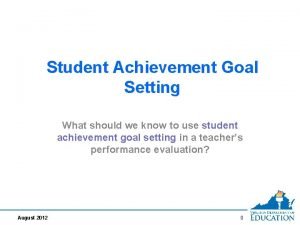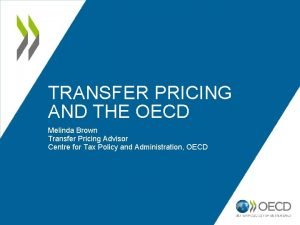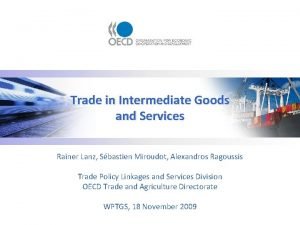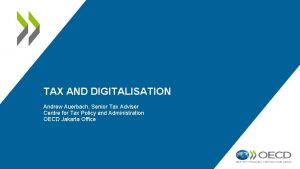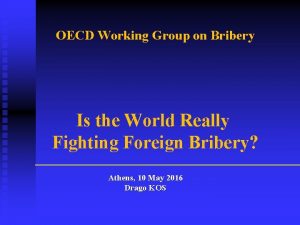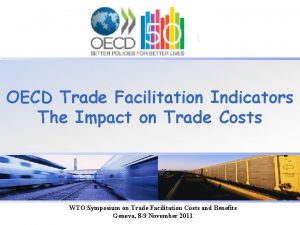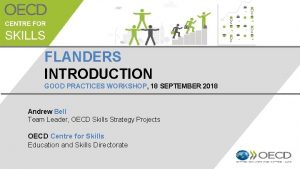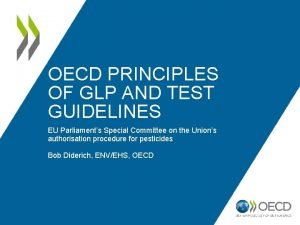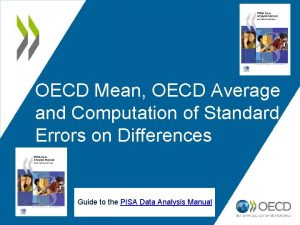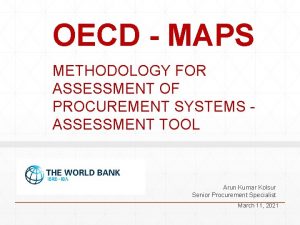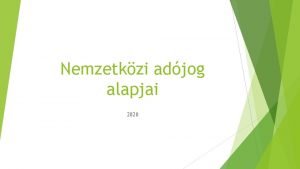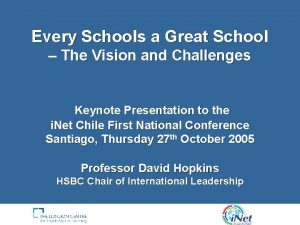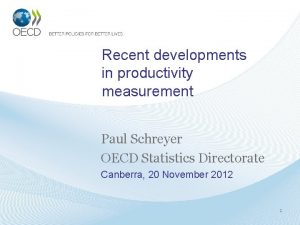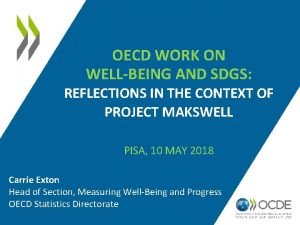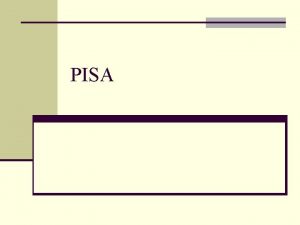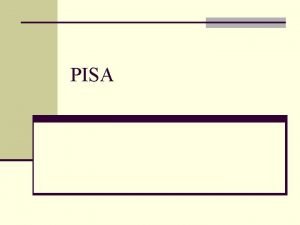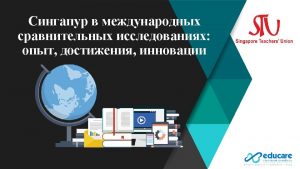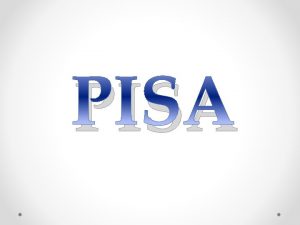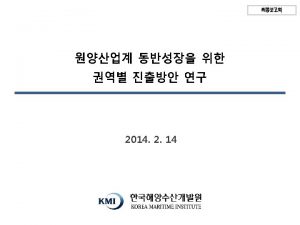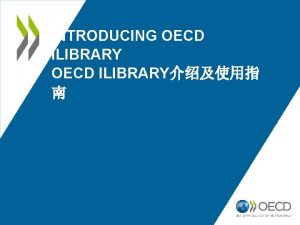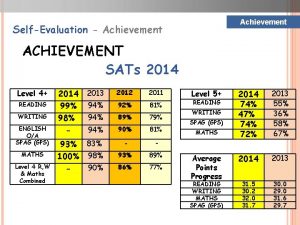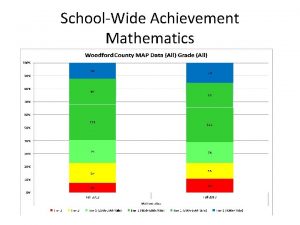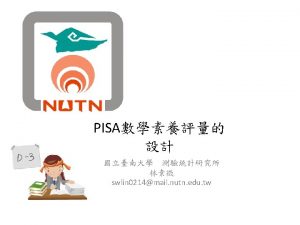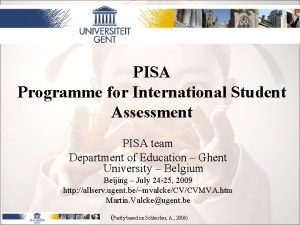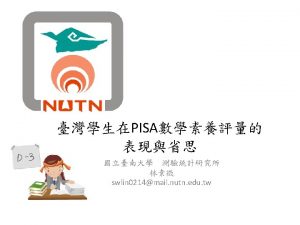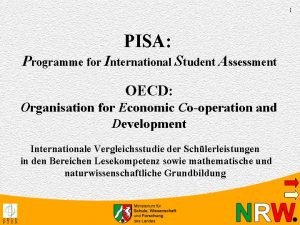ICT and student achievement What OECD PISA tells



















- Slides: 19

ICT and student achievement. What OECD PISA tells us Andris Grinfelds University of Latvia Faculty of Education, Psychology and Art

Research programs regarding ICT in schools • IEA (International Association for Evaluation of Educational Achievement) COMPED (Computers in Education) (1989 – 1992 – 1995) • IEA SITES (Second Information Technology in Education Study) (1996 -2000) • IEA SITES 2006 • IEA ICILS 2013, and 2018 (International Computer and Information Literacy Study) • OECD (Organisation for Economic Cooperation and Development) PISA (Programe of International Student Assessment) (1998 – 2015; 2018, 2021 etc. )

Results and problems regarding ICT in education indicated in the period 1990 – 2015 • Digital literacy was and is a fundamental learning objective for all • Digital competence is and will be a fundamental learning objective for all • ICT in schools requires an extended professional role for teachers • School Leadership and management must be fully commited to adopting ICT • The need for pre-service and in-service professional development for teachers o To equip them with the technical skills for using ICT o To know how to incorporate ICT effectively into their teaching (how to get added value from ICT use).

Media naturalness theory The highest naturalness

OECD PISA and ICT • The potential relation of the ICT to the student performance in MATH, SCIENCE, and READING has been studied in all the OECD PISA cycles. • In OECD PISA, all the participating countries were offered the opportunity to supplement the students’ questionnaire with an ICT module, designed to find out the research participants’ activities in the use of the ICT. • OECD PISA cycles (2000 – 2015) show some results, which should be considered analyzed in details

Use of computers in regular classroom lessons (OECD PISA 2009; Latvia) Subject area Reading Mathematics Science 10/26/2020 Students’ report Average on ICT use in achievement regular (OECD PISA 2009; classroom Latvia) lessons Never 494 0 – 30 minutes 477 31 – 60 minutes 439 More than 60 minutes 431 Never 492 0 – 30 minutes 471 31 – 60 minutes 450 More than 60 minutes 460 Never 502 0 – 30 minutes 490 31 – 60 minutes 474 More than 60 minutes 481

Frequency of use of computers at home and at school and student performance on the PISA test scale Frequency of use of computers Student achievement in Latvia (PISA 2006 test scale) Mathematics Science Frequency of use of computers at home Frequency of use of computers at school Reading Almost every day 505 495 Once or twice a week Few times a month or less Almost every day 490 497 490 471 470 459 462 472 460 Once or twice a week Few times a month or less 499 501 493 482 483 471 Same tendency in all countries Same in Japan, Korea, New-Zealand, Germany, Sweden, Greece, Portugal, Italy, Turkey

520 ICT Program/Software use index and student achievement (OECD PISA 2000 – 2006) 500 480 460 every day 1 -2 times a week few times a month 440 once a month never 420 400 380 2006 2003 2000 R M S

ICT indices in OECD PISA • The set of ICT indices was developed in OECD PISA. These indices were available for that countries, which chose to administer The ICT familiarity questionnaire. • OECD PISA 2015 had the following indices regarding ICT use in school and in home: availability of the ICT at home, availability of the ICT at school, use of the ICT at home to complete school-related tasks, use of the ICT at school, attitudes towards computers: limitations of the computer as a tool for school learning, o attitudes towards computers: computer as a tool for school learning. o o o

OECD PISA 2015 Nine items invited students to report on the use of computers for ICT related activities at school ( index USESCH). Five response categories vary from “Never or hardly ever”, “Once or twice a month”, “Once or twice a week”, “Almost every day”, “Every day”. a) <Chatting on line> at school b) Using email at school c) Browsing the Internet for schoolwork d) Downloading, uploading or browsing material from the school’s website (e. g. <intranet>) e) Posting my work on the school’s website f) Playing simulations at school g) Practicing and drilling, such as foreign language learning or mathematics h) Doing homework on a school computer i) Using school computers for group work and communication with other students

Index of ICT use in school (PISA 2015) LATVIA Use of ICT in school (index USESCH) MATH READING SCIENCE -, 177** -, 257** -, 239** • Negative correlation also in several other countries (education systems): Austria, Belgium, Bulgaria, Czech Republic, Denmark, Estonia, Finland, Germany, Greece, Hong Kong, Hungary, Iceland, Ireland, Israel, Korea, Lithuania, Luxembourg, Poland, Portugal, Russian Federation, Slovak Republic, Uruguay • Correlation close to zero, but negative – Chinese Taipei, Colombia, Costa Rica, France, Netherlands, Singapore, Spain, Switzerland, Thailand, United Kingdom, • Correlation close to zero, but positive – Australia, Japan, Macao, Mexico

OECD PISA and ICT • With an increase of the computer-time, the students’ average performance in all content areas of the study actually deteriorated. • OECD PISA report says education systems which have invested heavily in information and communications technology have seen "no noticeable improvement" in Pisa test results for reading, mathematics or science • Andreas Schleicher, The OECD's education director, concludes: o o that school technology had raised “too many false hopes”. If you look at the best-performing education systems, such as those in East Asia, they've been very cautious about using technology in their classrooms

OECD PISA and ICT • Students who use computers very frequently at school get worse results • Students who use computers moderately at school, such as once or twice a week, have "somewhat better learning outcomes" than students who use computers rarely • The results show "no appreciable improvements" in reading, mathematics or science in the countries that had invested heavily in information technology • High achieving school systems such as South Korea and Shanghai in China have lower levels of computer use in school • Singapore, with only a moderate use of technology in school, is top for digital skills

Important! • This raises an important question regarding ICT integration in education – how can the use of computers enhance the learning process, creating an added value directly related to ICT use?

Problem of added value due to the use of ICT • Added value of ICT to the instruction process and outcome – something we cannot gain without ICT • Is it possible to determine precisely this added value in different subject areas? • What are the main steps to reach understanding of added value in… (physics, history, languages …) This set of issues is one of the most important (and serious) challenges for teachers

In-service and pre-service teacher training • Both in-service and pre-service teacher training includes ICT courses, but : o ICT Training is about software in most cases, and less attention is payed to problems regarding ICT integration in instruction with the main aim of getting added value o It is important to provide pre-service and in-service teacher training which brings to: • General (routine) knowledge and skills of ICT use in instruction • Ability of innovative ICT use in different subject area • Ability to provide ICT related added value in instruction • Ability to use ICT in specific subject area with clear vision and understanding of «WHY? » , «WHEN? » and «HOW? » ICT should be used. . .

Summary 1) ICT is still a challenge for teachers! 2) ICT is still a challenge for teacher trainers 3) The added value given by ICT use in different school subjects is not obvious, because six cycles of OECD PISA clearly show that more intensive use of ICT in school is negatively related with student achievement in mathematics, science, and reading, almost all over the world.

THANK YOU FOR ATTENTION!

References 1. 2. 3. 4. 5. 6. 7. Andrejs Geske, Andris Grīnfelds, Andris Kangro (Editor), Rita Kiseļova, Linda Mihno (2015). Monograph Series: Educational Research in Latvia, Nr. 8. Quality of Education: International Comparison. Latvia in OECD Programme for International Student Assessment. Riga: University of Latvia 2015, ISBN 978 -9934 -527 -44 -9. 335 pp. (http: //www. ipi. lu. lv/publikacijas/ ) Sean Coughlan. Computers 'do not improve' pupil results, says OECD. http: //www. bbc. com/news/business-34174796 ; September 15, 2015. OECD (2011), PISA 2009 Results: Students on Line: Digital Technologies and Performance (Volume VI) http: //dx. doi. org/10. 1787/9789264112995 -en Geske A. , Grīnfelds A. , Kangro A. , Kiseļova R. (2016). Latvija OECD Starptautiskajā skolēnu novērtēšanas programmā 2015 – pirmie rezultāti un secinājumi. Rīga, Latvijas Universitāte, 130 lpp. , ISBN 978 -9934 -527 -48 -7. Grinfelds A. (2007). Information and communication technology in schools of Latvia during three cycles of OECD PISA. Ghent, Belgium, ECER 2007, Network: 16. ICT in Education and Training. OECD PISA PGB (2006). Outline of the PISA 2006 Initial Report and Questionnaire Indices. Seoul, March 2006, Meeting of PISA Governing Board, 36 pp. OECD (2005). Are Students Ready for a Technology-Rich World? What PISA studies tell us. OECD, France, ISBN 92 -64 -03608 -3, 138 pp.
 Pisa ict
Pisa ict Sam reading inventory
Sam reading inventory To assess achievement at the end of instruction is
To assess achievement at the end of instruction is American student achievement institute
American student achievement institute Student achievement goals
Student achievement goals American student achievement institute
American student achievement institute Jerome believes that his 4-year-old grandson
Jerome believes that his 4-year-old grandson Oecd meaning
Oecd meaning Oecd trade
Oecd trade Andrew auerbach
Andrew auerbach Oecd working group on bribery
Oecd working group on bribery Oecd trade
Oecd trade Andrew bell oecd
Andrew bell oecd Oecd glp guidelines
Oecd glp guidelines Oecd nations meaning
Oecd nations meaning Oecd maps
Oecd maps Oecd modellegyezmény magyarul
Oecd modellegyezmény magyarul Oecd scenarios for the future of schooling
Oecd scenarios for the future of schooling Paul schreyer oecd
Paul schreyer oecd Oecd wellbeing framework
Oecd wellbeing framework
